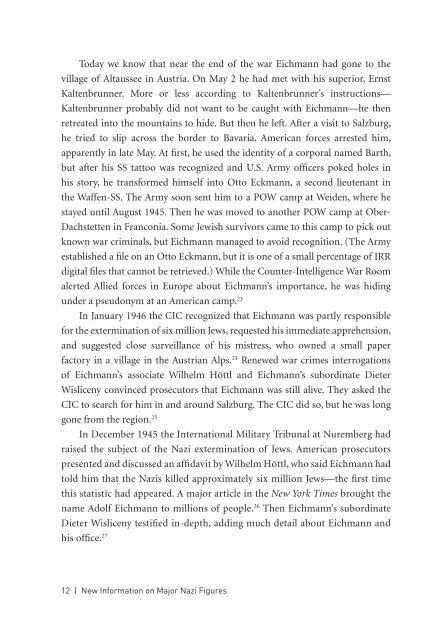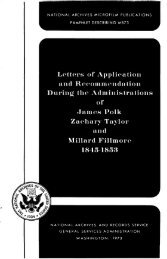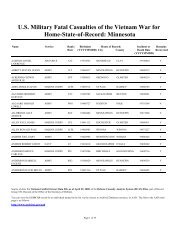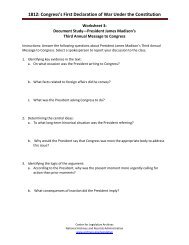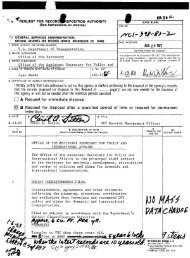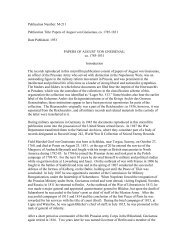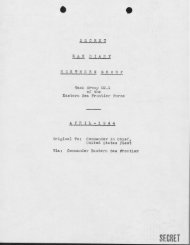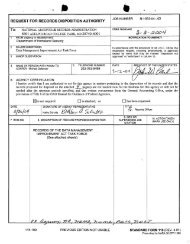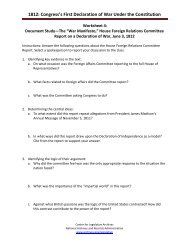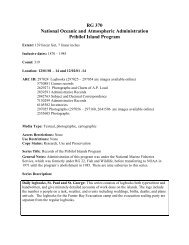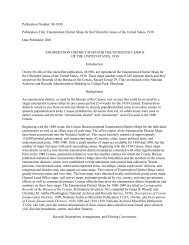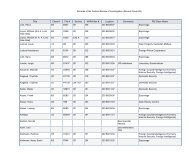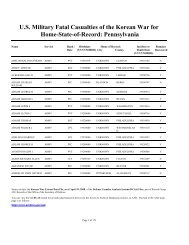HITLER'S SHADOW - National Archives and Records Administration
HITLER'S SHADOW - National Archives and Records Administration
HITLER'S SHADOW - National Archives and Records Administration
You also want an ePaper? Increase the reach of your titles
YUMPU automatically turns print PDFs into web optimized ePapers that Google loves.
Today we know that near the end of the war Eichmann had gone to the<br />
village of Altaussee in Austria. On May 2 he had met with his superior, Ernst<br />
Kaltenbrunner. More or less according to Kaltenbrunner’s instructions—<br />
Kaltenbrunner probably did not want to be caught with Eichmann––he then<br />
retreated into the mountains to hide. But then he left. After a visit to Salzburg,<br />
he tried to slip across the border to Bavaria. American forces arrested him,<br />
apparently in late May. At first, he used the identity of a corporal named Barth,<br />
but after his SS tattoo was recognized <strong>and</strong> U.S. Army officers poked holes in<br />
his story, he transformed himself into Otto Eckmann, a second lieutenant in<br />
the Waffen-SS. The Army soon sent him to a POW camp at Weiden, where he<br />
stayed until August 1945. Then he was moved to another POW camp at Ober-<br />
Dachstetten in Franconia. Some Jewish survivors came to this camp to pick out<br />
known war criminals, but Eichmann managed to avoid recognition. (The Army<br />
established a file on an Otto Eckmann, but it is one of a small percentage of IRR<br />
digital files that cannot be retrieved.) While the Counter-Intelligence War Room<br />
alerted Allied forces in Europe about Eichmann’s importance, he was hiding<br />
under a pseudonym at an American camp. 23<br />
In January 1946 the CIC recognized that Eichmann was partly responsible<br />
for the extermination of six million Jews, requested his immediate apprehension,<br />
<strong>and</strong> suggested close surveillance of his mistress, who owned a small paper<br />
factory in a village in the Austrian Alps. 24 Renewed war crimes interrogations<br />
of Eichmann’s associate Wilhelm Höttl <strong>and</strong> Eichmann’s subordinate Dieter<br />
Wisliceny convinced prosecutors that Eichmann was still alive. They asked the<br />
CIC to search for him in <strong>and</strong> around Salzburg. The CIC did so, but he was long<br />
gone from the region. 25<br />
In December 1945 the International Military Tribunal at Nuremberg had<br />
raised the subject of the Nazi extermination of Jews. American prosecutors<br />
presented <strong>and</strong> discussed an affidavit by Wilhelm Höttl, who said Eichmann had<br />
told him that the Nazis killed approximately six million Jews—the first time<br />
this statistic had appeared. A major article in the New York Times brought the<br />
name Adolf Eichmann to millions of people. 26 Then Eichmann’s subordinate<br />
Dieter Wisliceny testified in-depth, adding much detail about Eichmann <strong>and</strong><br />
his office. 27<br />
12 | New Information on Major Nazi Figures


